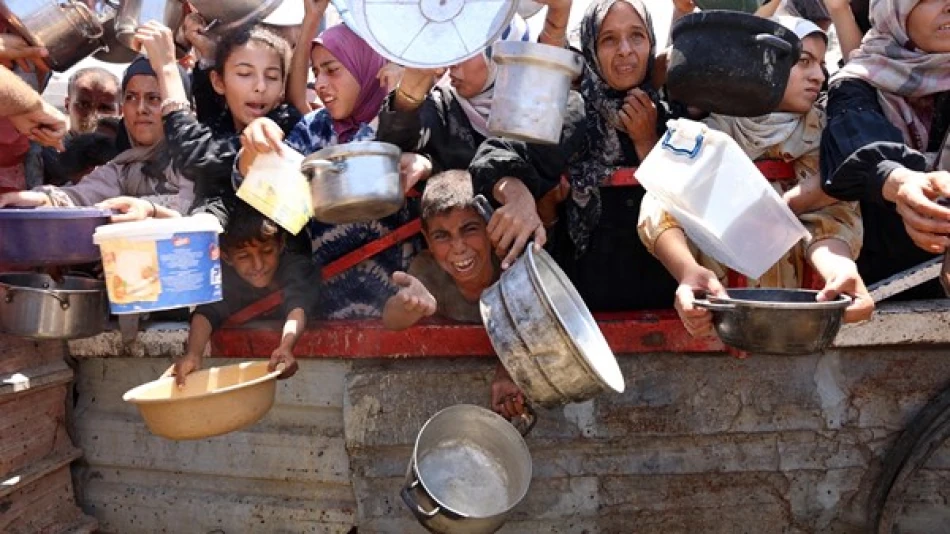
WHO Warns of Malnutrition Crisis Looming in Gaza, Urges Immediate Action
Gaza Faces Critical Malnutrition Crisis as WHO Reports Alarming Death Spike
The World Health Organization has declared that malnutrition in Gaza has reached "dangerous levels," with a sharp surge in deaths during July attributed to severe undernourishment. The crisis marks one of the most acute humanitarian emergencies in the region, with victims arriving at medical facilities showing clear signs of extreme emaciation or dying shortly after treatment begins.
Unprecedented Scale of Nutritional Emergency
The WHO's warning on Sunday highlighted the deteriorating conditions across Gaza, where the healthcare system is struggling to cope with patients displaying severe wasting symptoms. Medical facilities report that many victims are either declared dead upon arrival or succumb shortly after receiving care, their bodies bearing unmistakable signs of prolonged malnutrition.
This level of nutritional crisis represents a significant escalation from previous humanitarian concerns in the territory. The July death spike indicates that the situation has moved beyond chronic food insecurity into acute life-threatening malnutrition affecting the broader population.
Historical Context of Gaza's Food Security
Gaza's 2.3 million residents have faced recurring food security challenges for over a decade due to border restrictions and limited agricultural capacity. However, the current crisis appears to surpass previous emergencies in both scope and severity. The territory's dependence on external food supplies has made it particularly vulnerable to supply chain disruptions.
Similar malnutrition crises have historically occurred in conflict zones such as Yemen and South Sudan, where restricted access to food and medical care created cascading health emergencies. The Gaza situation mirrors these patterns, with healthcare workers reporting symptoms consistent with severe acute malnutrition typically seen in famine conditions.
Implications for Regional Stability
The escalating humanitarian crisis carries significant implications beyond Gaza's borders. Regional stability often depends on managing such emergencies before they trigger broader population movements or social unrest. International humanitarian organizations are likely to face increased pressure to expand emergency feeding programs and medical interventions.
The WHO's public warning suggests that standard humanitarian responses may prove insufficient without immediate large-scale intervention. This could necessitate expanded international coordination similar to emergency responses previously deployed in sub-Saharan Africa during acute famine periods.
Medical and Logistical Challenges
Healthcare facilities in Gaza are confronting a dual challenge: treating patients with advanced malnutrition while operating under resource constraints. Severe malnutrition cases require specialized medical protocols and nutritional rehabilitation that can take weeks or months to show results.
The pattern of deaths occurring upon arrival or shortly after treatment suggests that many cases have progressed beyond the point where standard emergency nutrition interventions remain effective. This indicates a systematic breakdown in the territory's food distribution systems that has been developing over an extended period.
International Response Requirements
Addressing Gaza's malnutrition crisis will likely require sustained international humanitarian support extending well beyond immediate food aid. Successful interventions in similar crises have typically involved comprehensive programs combining emergency feeding, medical treatment, and longer-term food security measures.
The WHO's assessment suggests that without rapid intervention, the territory could face a prolonged humanitarian emergency with cascading effects on child development, maternal health, and overall population resilience. The organization's public warning indicates that current response mechanisms are inadequate to address the crisis's scale and urgency.
 Layla Al Mansoori
Layla Al Mansoori







